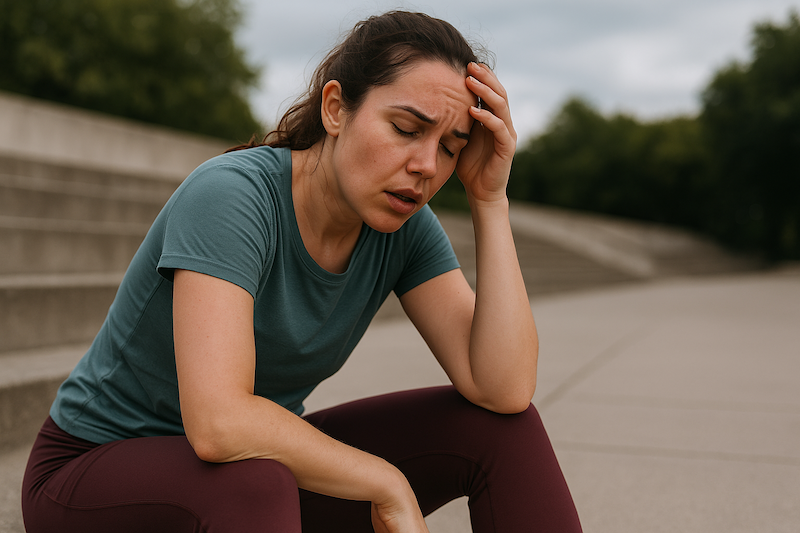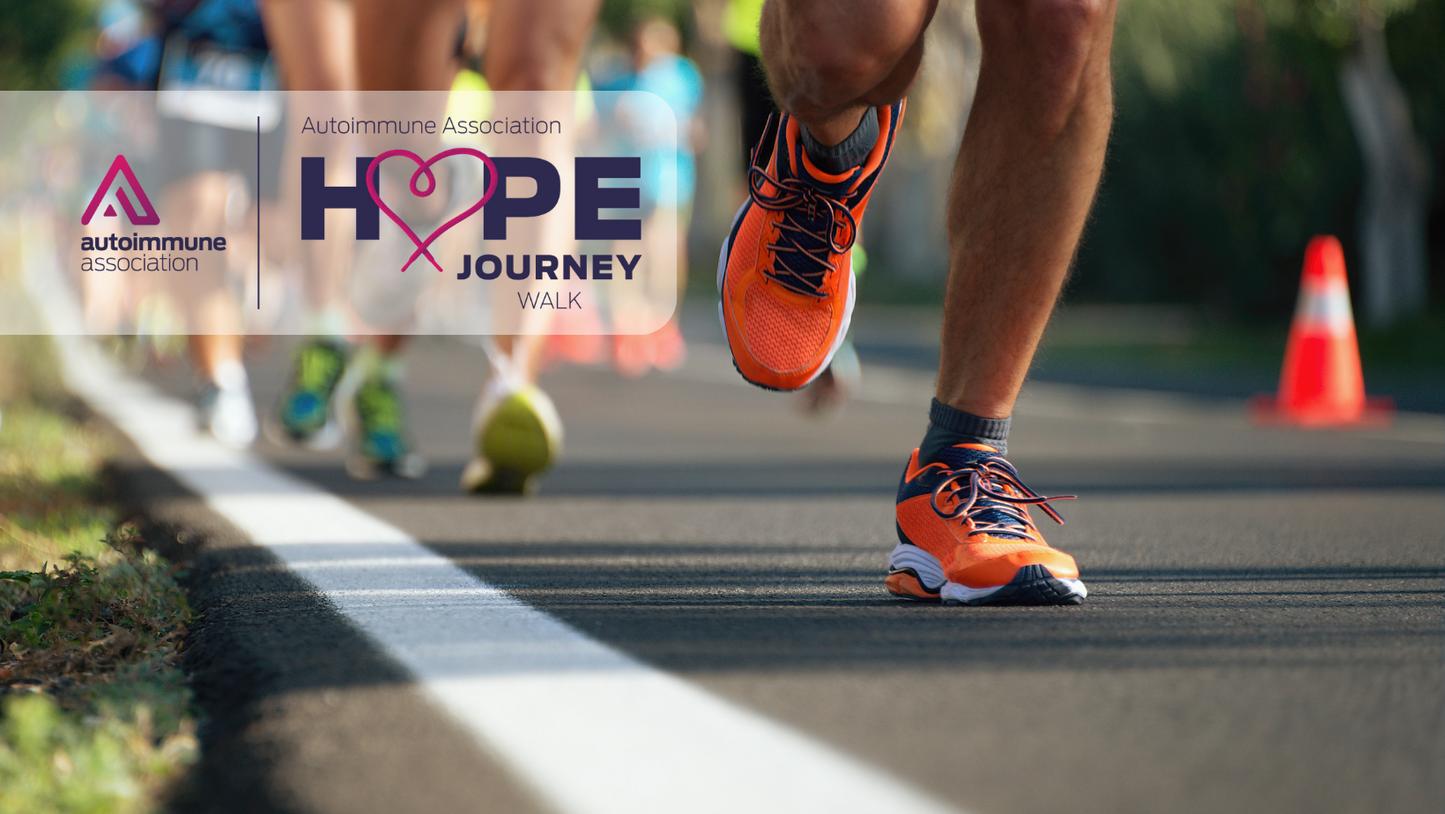
If you live with an autoimmune condition, exercise can be a double-edged sword. Movement is vital for circulation, lymphatic flow, and emotional well-being. Yet too much movement, or the wrong type, can trigger flares, fatigue, and pain.
This delicate balance is what practitioners call “exercise intolerance”, when your body struggles to recover from physical activity that most people consider “moderate.”
But here’s the good news: with a thoughtful, functional approach, it’s absolutely possible to rebuild strength and stamina without worsening inflammation.
Let’s explore why exercise intolerance happens and how to support your body through it.
Understanding Exercise Intolerance
For those with autoimmune disease, your immune system is already on high alert. Add the physical stress of exercise, increased cortisol, lactic acid buildup, and temporary tissue inflammation, and your body may interpret it as another threat.
This can lead to:
- Post-exertional malaise (feeling worse 24 to 48 hours after movement)
- Joint or muscle pain
- Dizziness or lightheadedness
- Heart palpitations or extreme fatigue
Over time, these reactions can make you afraid to move at all, creating a cycle of weakness and poor circulation.
The key is to lower the inflammatory burden, nourish recovery, and train your body to tolerate small amounts of movement safely again.
Step 1: Support Your Mitochondria and Energy Production
Your mitochondria, the tiny powerhouses inside every cell, are susceptible to inflammation, oxidative stress, and nutrient deficiencies. Many people with autoimmune conditions show signs of mitochondrial sluggishness, which can make even gentle exercise feel depleting.
To support energy production:
- Eat nutrient-dense, anti-inflammatory foods daily (AIP meals are perfect for this).
- Include foods rich in B vitamins, magnesium, and CoQ10 (like organ meats, leafy greens, and wild-caught fish).
- Manage blood sugar balance and avoid skipping meals or overdoing caffeine.
This helps stabilize your energy curve so your body has the fuel to move and recover.
Step 2: Start Small & Redefine “Exercise”
For many in the autoimmune community, the word exercise brings pressure and comparison. But healing requires a gentle reframe: movement is not punishment; it’s nourishment.
Start with what your body can handle, even if that’s five minutes a day.
Try:
- Slow walks outdoors (vitamin D + grounding)
- Gentle mobility or stretching sessions
- Somatic or lymphatic movement flows
- Light strength work (resistance bands or bodyweight)
Focus on consistency over intensity. If you feel energized the next day, you’re on the right track. If you feel depleted, scale back and recover.
Step 3: Support Recovery Like It’s Part of the Workout
Rest isn’t optional; it’s where healing occurs.
Support recovery by:
- Getting 7 to 9 hours of quality sleep
- Prioritizing electrolyte and protein intake post-exercise
- Using gentle heat therapy or Epsom salt baths
- Practicing deep breathing or short mindfulness breaks to lower cortisol
And remember, overtraining isn’t just physical. Emotional stress, lack of sleep, or under-eating can all contribute to the same energy crash.
Step 4: Track Your Patterns
Keep a movement and symptom log just like your AIP food journal.
Note:
- What type of movement did you perform
- The duration of the activity
- Energy and symptoms 24 to 48 hours later
Over time, you’ll start to see what your body truly tolerates, and you can build from there with confidence rather than fear.
Step 5: Nourish to Rebuild
Your muscles, mitochondria, and immune system need steady nourishment to thrive.
That means:
- Balanced meals with protein, healthy fats, and fiber-rich carbs (sweet potatoes, plantains, squash)
- Mineral-rich foods to replace what you lose in sweat (sea salt, bone broth, leafy greens). Consider using trace mineral drops and a pinch of Himalayan pink salt in your water every day for added electrolytes and minerals.
- Anti-inflammatory meals that simplify your healing routine
If you’re not in the mood to cook after a long week, Urban AIP’s ready-made meals are just what you need — nourishing, anti-inflammatory, and easy to digest. Because when you’re healing, saving energy is just as important as restoring it
The Takeaway
Overcoming exercise intolerance doesn’t mean “pushing through.”
It means listening, nourishing, and retraining your body to trust movement again.
Start where you are. Move gently. Feed your mitochondria. Rest deeply.
Healing is not about intensity — it’s about consistency, compassion, and recovery.
And every small, intentional step counts.


